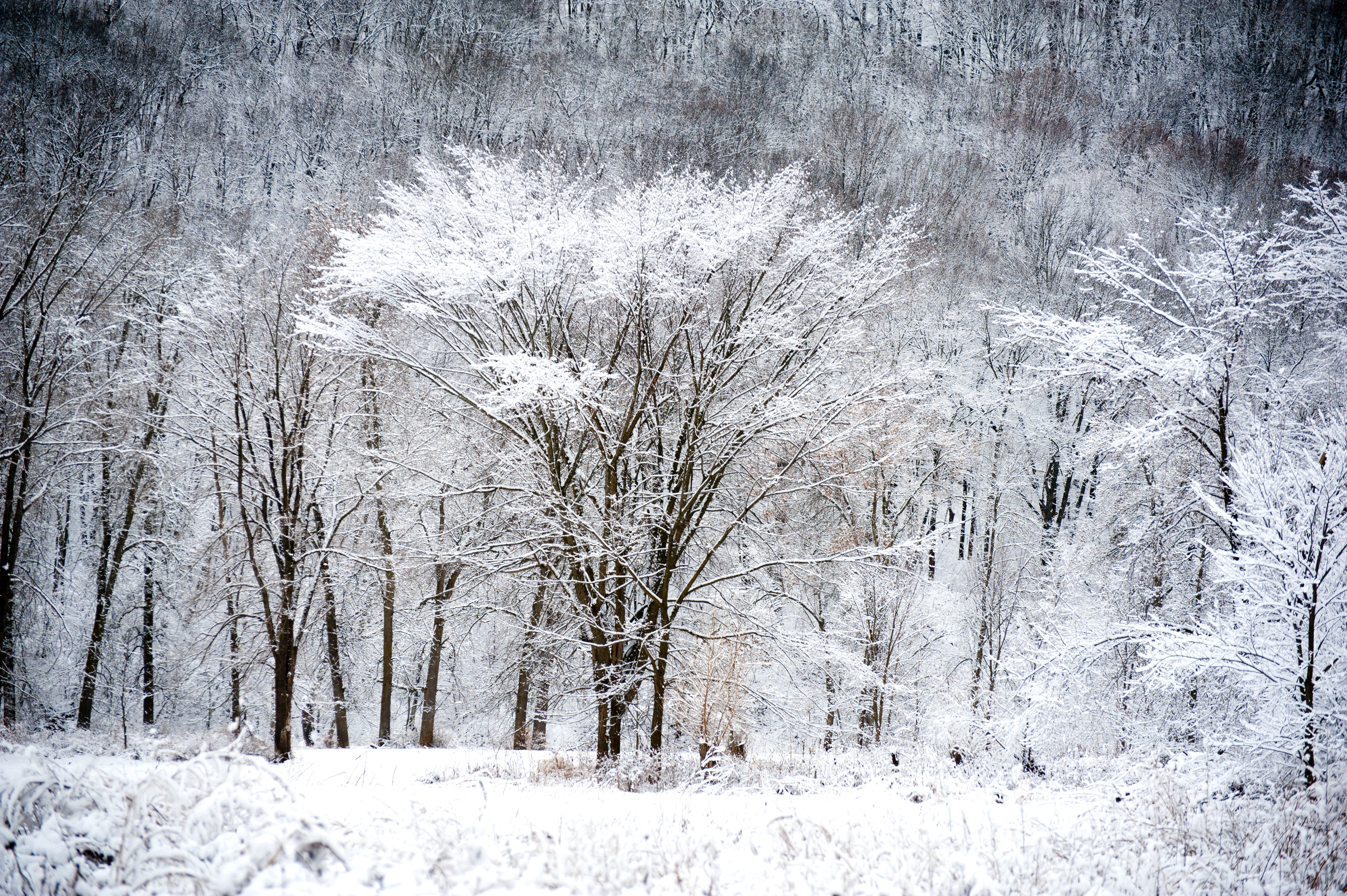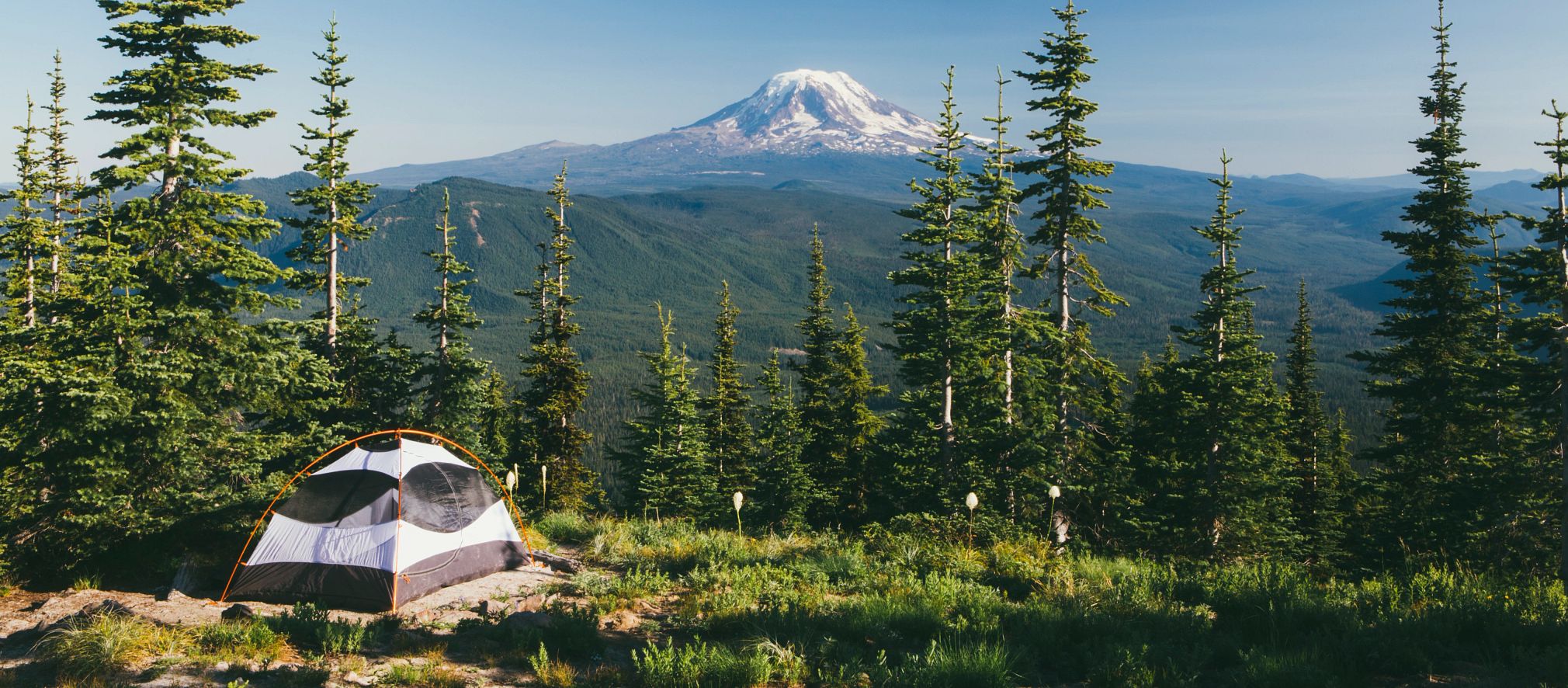AARP Hearing Center

There is a mix of perennials and shrubs that should not be pruned before winter. Keep in mind that any pruning on a plant encourages growth.
Pruning stimulates a growth hormone called an auxin. If you prune the top of a rose cane, it will stimulate growth below the pruned section. Pruning in late fall or winter is risky. The environmental temperatures will not support growth.
Let’s take roses, for example. If you prune roses in the fall, the new growth that is stimulated will freeze. The rose has utilized stored energy for that new growth. That is less energy the rose will have to get through the winter.
For any Hydrangea enthusiasts, if you choose to prune these before winter, you will remove next season’s blooms by doing so. The blooms are on old wood. Bigleaf Hydrangea (Hydrangea macrophylla) blooms on old wood. Mophead and Lacecap Hydrangea also bloom on old wood. Research the variety; you must ensure it blooms on old wood or new wood.
Shrubs such as Forsythia bloom on old wood. If you choose to prune these in late fall or winter, then you will have fewer blossoms in the spring. Just be patient and wait until after the Forsythia flowers in the spring, and then immediately after, prune them.
Achillea spp., commonly called Yarrow, is a perennial that benefits from leaving the foliage overwinter. The foliage helps protect the crown from damage during winter. The dried flowers can provide winter interest. They can also act like wheat stubble, which farmers leave to help collect snow and moisture.
Monarda spp., or Beebalm, is a perennial that benefits from leaving the foliage during the fall and winter. Pruning it back will expose it to fungal growth, such as mildew. Birds and insects benefit from the winter habitat of Beebalm.
Echinacea spp., or Coneflower, is a perennial that provides food for birds during the winter. It also serves as a habitat for bees. Many other perennials also serve as habitats for pollinators and as food sources for birds.
Hopefully, for this fall, I have given some gardeners less work. It can wait until spring. Happy Holidays!































































